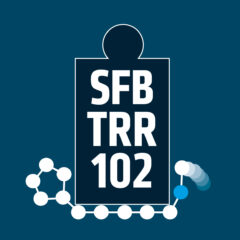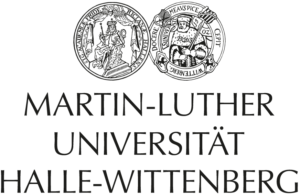Interaction and aggregation mechanisms of peptides at biologically relevant interfaces
rehearsal by Torsten John
The aggregation of peptides into β-sheet rich oligomers and fibrils is a characteristic phenomenon observed for amyloidogenic peptides. These fibrillation processes have been linked to the onset of ageing-related diseases, such as Alzheimer’s disease or type 2 diabetes. [1] The conditions that cause the aggregation of the soluble peptide monomers into insoluble amyloid plaques is still under investigation. Next to the physicochemical environment, surfaces have been identified to influence the aggregation kinetics. Particularly relevant are nanostructured interfaces due to their high surface-to-volume ratio, and thus large overall surface area. [2]
Continue reading “Doctoral students seminar (January 14, 2020)”




